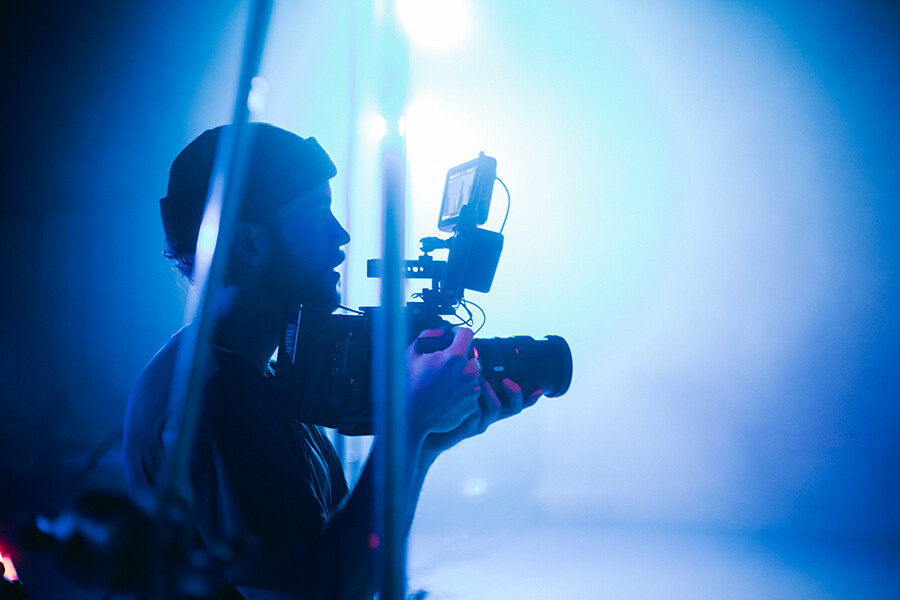- Accueil
- La recherche
- Mémoires et Travaux de fin d’études
- Evolution de l’exploitation des aberrations optiques à but esthétique dans les objectifs photographiques
Evolution de l’exploitation des aberrations optiques à but esthétique dans les objectifs photographiques
Auteur : Coline Sentenac
Directeur(s) de mémoire : Pascal Martin
Photographie
Résumé : En réaction à la précision et à la neutralité des objectifs photographiques, perçues par certains comme étant excessives, aseptisées et presque dérangeantes, de nombreux artistes se sont manifestés en faveur d’un appareillage moins performant, au profit d’une création assistée par l’outil. C’est ainsi qu’ont été développés de nombreux objectifs à résidus d’aberrations optiques volontaires, ajoutant à l’image de la confusion d’aspects très variables en fonction de la formule optique. Il est intéressant de remarquer que cette réaction n’est pas récente, et prend ses origines dès le XIXe siècle, alors que la précision optique était encore discutable. Il ne s’agit, à cette époque comme à la nôtre, pas uniquement d’aller à l’encontre de la netteté, mais de remettre en question la neutralité de l’outil et son implication dans le processus de création. L’exploitation des aberrations optiques permet, elle, d’intervenir directement dans le processus de formation d’image, et donc de s’approprier son sujet et de le tordre selon l’esthétique désirée. Dans le but de mesurer la place qu’ont et que peuvent avoir les aberrations dans la photographie, ce mémoire aborde à la fois leur principe optique et les corrections qui y ont été amenées depuis le XIXe siècle ; le début de leur introduction volontaire dans les formules optiques et leur rôle dans l’acceptation de la photographie comme medium des Beaux-Arts ; ainsi que leur influence dans le rendu esthétique, et leur présence dans le travail de photographe et sur le marché de l’optique.
Mots-clés : Aberration, objectif, soft-focus, esthétique, pictorialisme, flou, outil, optique.
—
Abstract: In response to the accuracy and neutrality of photographic lenses, perceived by some as excessive, sanitized and almost disturbing, many artists have come forward in favor of lesser equipment, in favor of a tool-based creation process. This led to the development of voluntarily flawed lenses loaded with optical aberrations, adding various kinds of confusion and blur to the image, depending on the optical formula. It is interesting to underline that this reaction isn’t a novelty, and has occured since the nineteenth century, while optical precision was still lacking. It is not just a question of excessive sharpness, but more accurately a question of steep neutrality of the tool, and its implication in the forming of the image. It is interesting that this reaction is not new, and has its origins in the nineteenth century, while optical precision was still questionable. It is at this time as to our, not only go against the sharpness, but to question the neutrality of the tool and its involvement in the creative process. The exploitation of optical aberrations enables a wide intervention on the image formation, and thus to bend the light and twist the subject to fit the desired aesthetics. In order to probe the part optical aberrations take and can take in photography, this master thesis addresses their optical principles and the corrections that have been designed during the last two centuries ; the begining of their volountary re-introduction in lens designs and their role in the acceptance of photography as a Fine Art ; their role in the genesis of aesthetics, and their presence in the work of photographers and the lenses market.
Keywords: Aberration, lens, soft-focus, aesthetics, pictorialism, blur, tool, optics.



